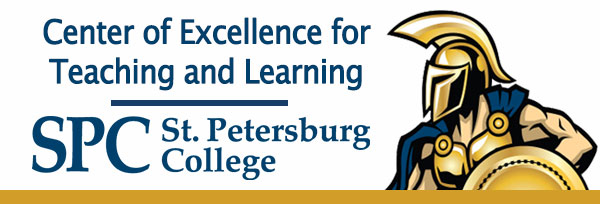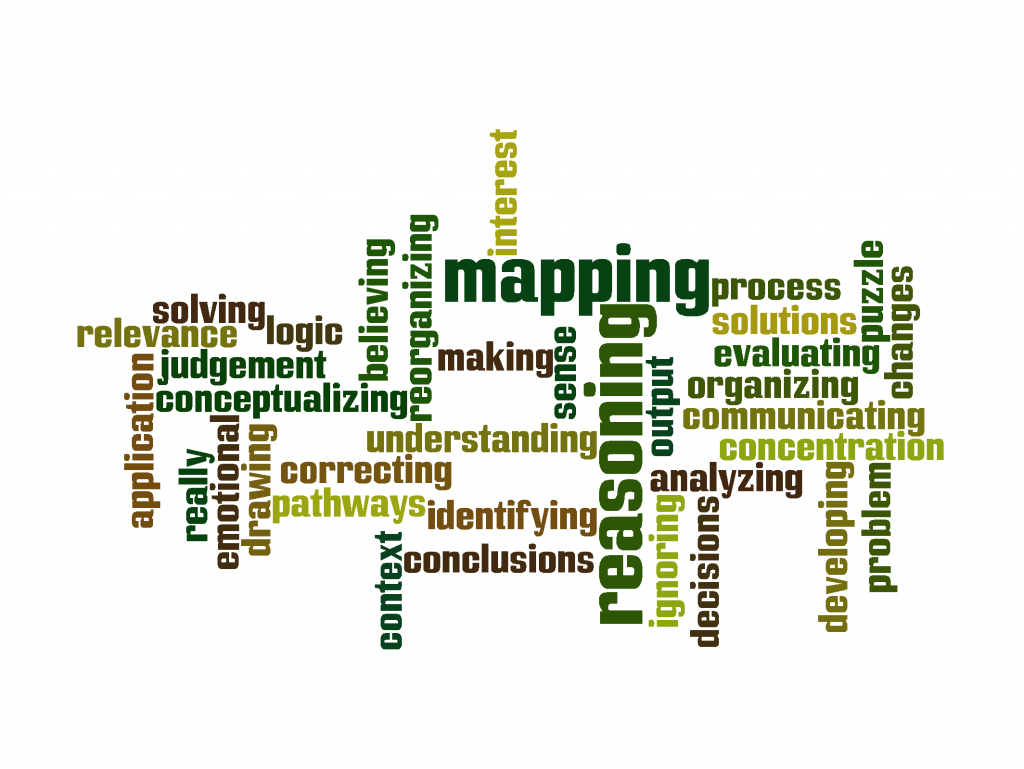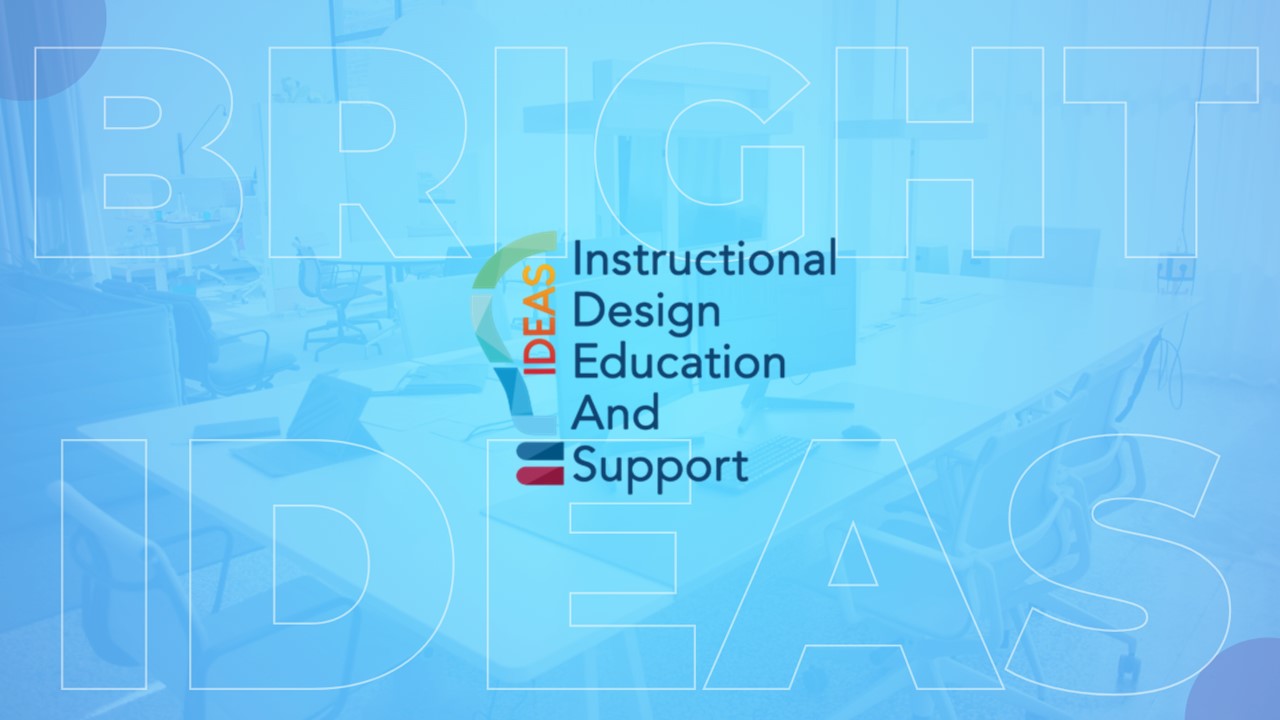The art of integrating technology and thinking routines to make thinking visible

When learners speak, write or draw their ideas, they deepen their cognition.” Ron Ritchhart, Harvard University, Project Zero
“Thinking happens mostly in our heads, invisible to others and even to ourselves. Effective thinkers make their thinking visible, meaning they externalize their thoughts through speaking, writing, drawing, or some other method. They can then direct and improve those thoughts. Visible Thinking also emphasizes documenting thinking for later reflection.” (Ritchhart, 2002, 2007)
PZ Thinking Routines from Sue Borchardt on Vimeo.
Faculty Focus: Dr. Susan Blanchard, Professor Exceptional Student Education – College of Education
“Making Thinking Visible” came up during a CETL Board meeting when there was discussion about how to further support faculty in their efforts to improve teaching for critical thinking. Sue Blanchard had recently read the book and was very excited by the potential of the thinking routines. The critical thinking initiative purchased books for faculty and also provided Sue a stipend to lead book studies on the Tarpon Springs Campus and the Clearwater Campus. Copies of “Making Thinking Visible” are now housed in each campus’ Critical Thinking Resource Center, and book studies have spread to faculty at the St. Petersburg/Gibbs Campus and Veterinary Technology Center
 5 Reasons this is worth your time:
5 Reasons this is worth your time:
- Thinking about thinking is key to critical thinking
- Thinking routines easily integrate with existing content
- Promotes engagement, understanding and independence for all learners
- Provides a robust toolbox for integrating technology into learning activities
- Energizes both the learners and the instructor
Thinking Routines
Project Zero researchers developed more than 30 “thinking routines” in collaboration with classroom teachers. These routines operate as tools for promoting thinking. Thinking routines form the core of the Visible Thinking program. What makes these routines work to promote the development of a students thinking and the classroom culture are that each routine:
- Is goal oriented in that it targets specific types of thinking
- Gets used over and over again in the classroom
- Consists of only a few steps
- Is easy to learn and teach
- Is easy to support when students are engaged in the routine
- Can be used across a variety of context
- Can be used by the group or by the individual
Routines are really just patterns of action that can be integrated and used in a variety of contexts. You might even use more than one routine in teaching a single lesson. Thus, you shouldn’t think about the routine as taking time away from anything else you are doing, they should actually enhance what you are trying to do in the classroom.
The Instructional Design Technologists at SPC have adapted the Thinking Routines Matrix to include a technology integration component and a variety of examples. This is an editable document intended to be added to as you find tools and examples that work for you.
Example Routines
Compass Points
This routine helps students explore various facets of a proposition or idea before taking a stand on it. Ask students these four questions, recording their responses as the directions of a compass to provide a visual anchor.
- E = Excited. What excites you about this idea or proposition?
- W = Worrisome. What do you find worrisome about this idea?
- N = Need to Know. What else do you need to know or find out about it? What additional information would help you?
- S = Stance, Steps, or Suggestions for Moving Forward.
What is your current stance on the idea or proposition? What steps might you take to increase your understanding of the issue?
Technology Connection: Use Google Docs in Google Drive to create a document that acts as a collaboration tool for your students during this activity.
Chalk Talk
This routine asks students to think about ideas, questions, or problems by silently responding in writing both to the prompt and to the thoughts of others. All students can participate in the open-ended and exploratory nature of the routine. Write a topic or question on a piece of chart paper and ask students:
- What ideas come to mind when you consider this idea, question, or problem?
- What connections can you make to others’ responses?
- What questions arise as you think about the ideas and consider the responses and comments of others?
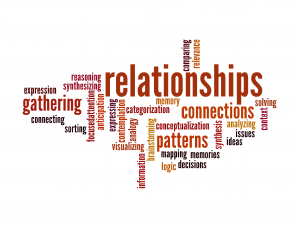 |
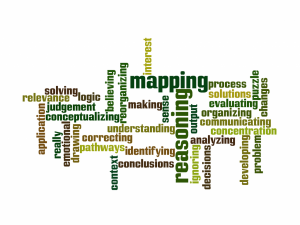 |
Technology Connection:
- Create a Bubbl.us map using the ideas that students come up with during this activity.
- Type the responses in to Wordle.net to create a “word cloud” showing the relationships.
Headlines
This routine uses an event, idea,es newspaper headlines to capture the essence of a concept, or topic. It works especially well at the end of a class discussion in which students have explored a topic and gathered new information and opinions. Ask students,
- If you were to write a headline for this topic or issue right now that captured the most important aspect to remember, what would that headline be?
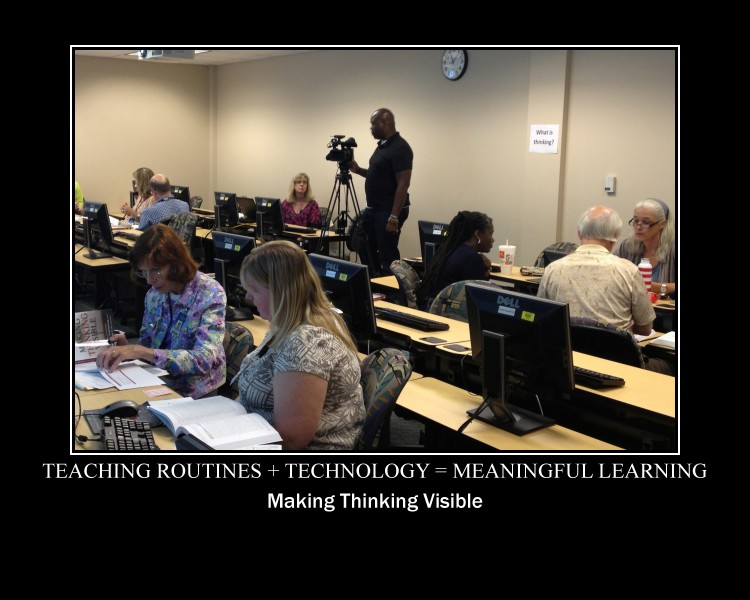
If you ask the first question at the beginning of the discussion, follow up with these questions:
- How would your headline change after today’s discussion?
- How does it differ from what you would have said yesterday?
Technology Connection:
- Use Socrative, a student response system that uses mobile devices or computers, to illicit responses from students synchronously or asynchronously.
- Create a motivational poster with the headline using a free tool such as the one from Big Huge Labs.
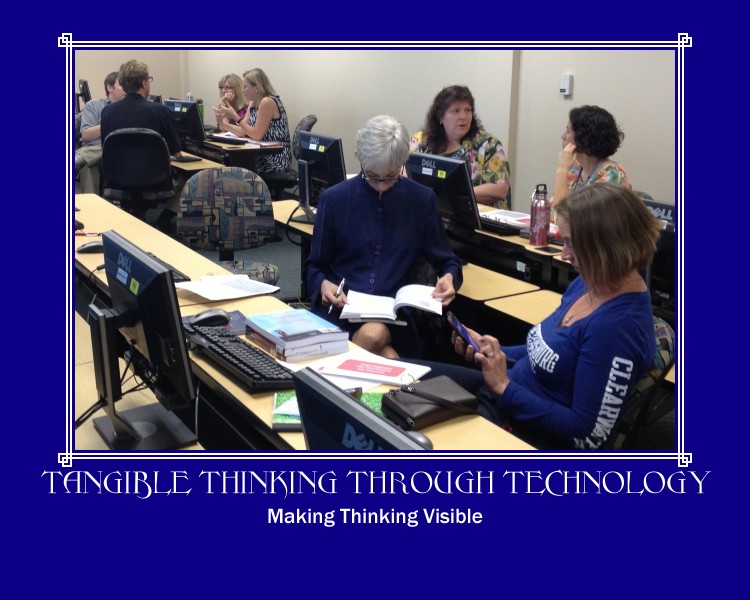
Step Inside
This routine helps students to explore different perspectives and viewpoints as they try to imagine things, events, problems, or issues differently. In some cases this can lead to a more creative understanding of what is being studied. For instance, imagining oneself as the numerator in a fraction. In other settings, exploring different viewpoints can open up possibilities for further creative exploration. For example, following this activity a student might write a poem from the perspective of a soldier’s sword left on the battlefield.
Core questions guide students in this routine:
- What can this person or thing see, observe or notice
- What might the person or thing know, understand, hold true, or believe?
- What might the person or thing care deeply about
- What might the person or thing wonder about or question?
Technology Connection:
- Have students create a Fakebook page from the perspective of the person or thing they are “stepping inside.”
CSI: Color, Symbol Image

This thinking routine makes thinking visible in a way that doesn’t depend so much on written or oral language. Students are asked to make connections and think metaphorically as they identify and distill the essence of an idea.Ask students to think of the big ideas and important themes in what they have just read, seen, or heard. Then:
- Choose a color that you think best represents the essence of that idea.
- Create a symbol that you think best represents the essence of that idea.
- Sketch an image that best captures the essence of the idea.
Technology Connection:
- Use a tool such as Realtime Board for students to create
and share their work.
Research and Resources
Ritchhart, R. (2008). Making Thinking Visible. Educational Leadership, 65(5), 57.
Project Zero Visible Thinking Website
“Visible Thinking Resource Book.” Kentucky Association of School Administrators. Harvard College, n.d. Retrieved Web. 9 Apr. 2013 from http://admin.kasa.org/Professional_Development/documents/ThinkingClassroomResourceGuide.pdf
Making Thinking Visible Facebook page
In Review
- Fakebook
- Big Huge Labs (Motivational Poster Tool)
- Socrative
- Bubbl.us
- Wordle.net
- Realtime Board
April 19, 2013 – Learning Event Presentation
- Video recordings from April 19, 2013 Learning Event
- Interactive Handout
- PowerPoint Presentation
- Thinking Routines Matrix
- Thinking Routines Printable Cards (adapted from http://gate.emcsd.org)
